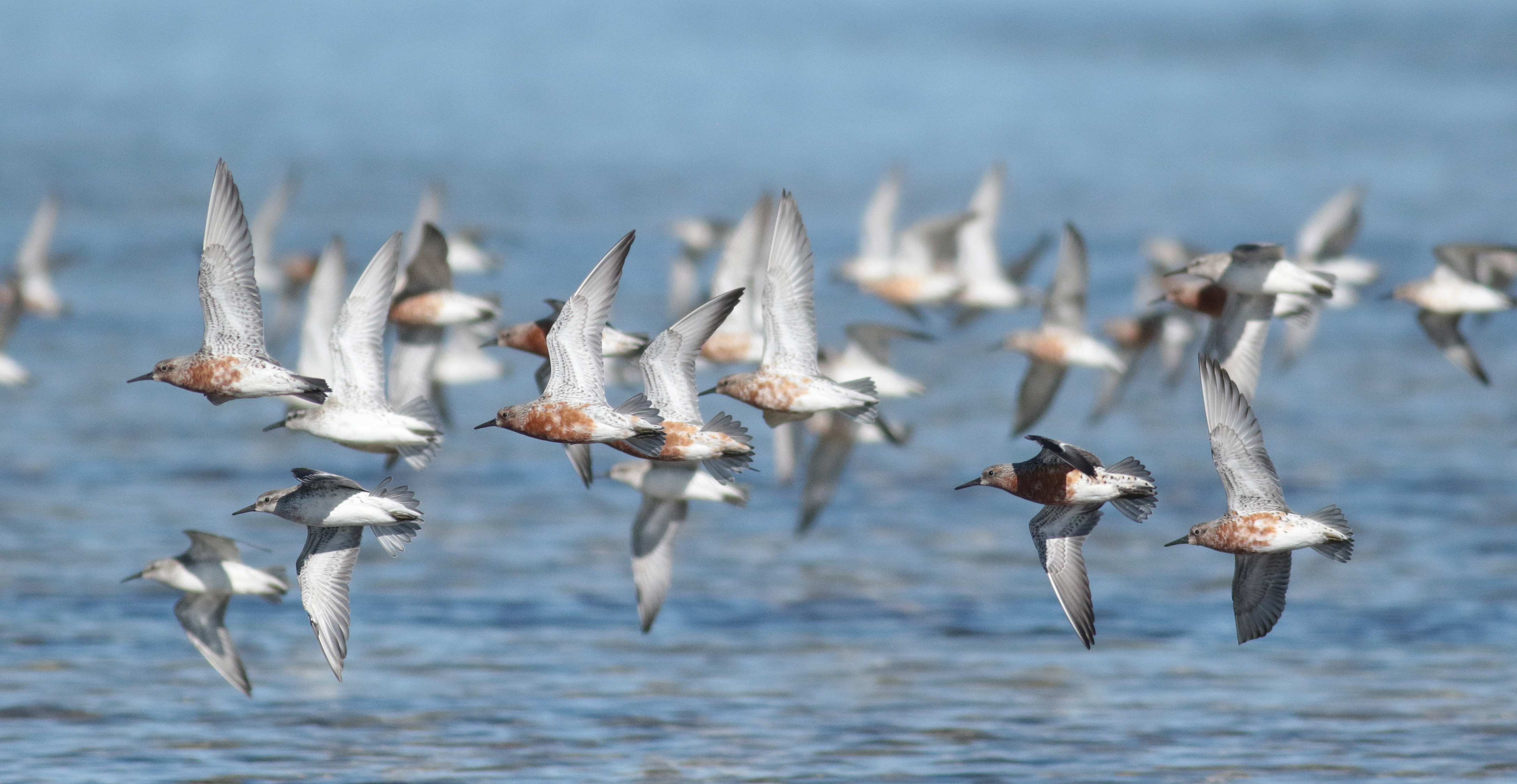While international travel has been largely off the cards, our returning migratory shorebirds have been able to cross borders easily. Learn about the birds that are holidaying in Adelaide this summer.
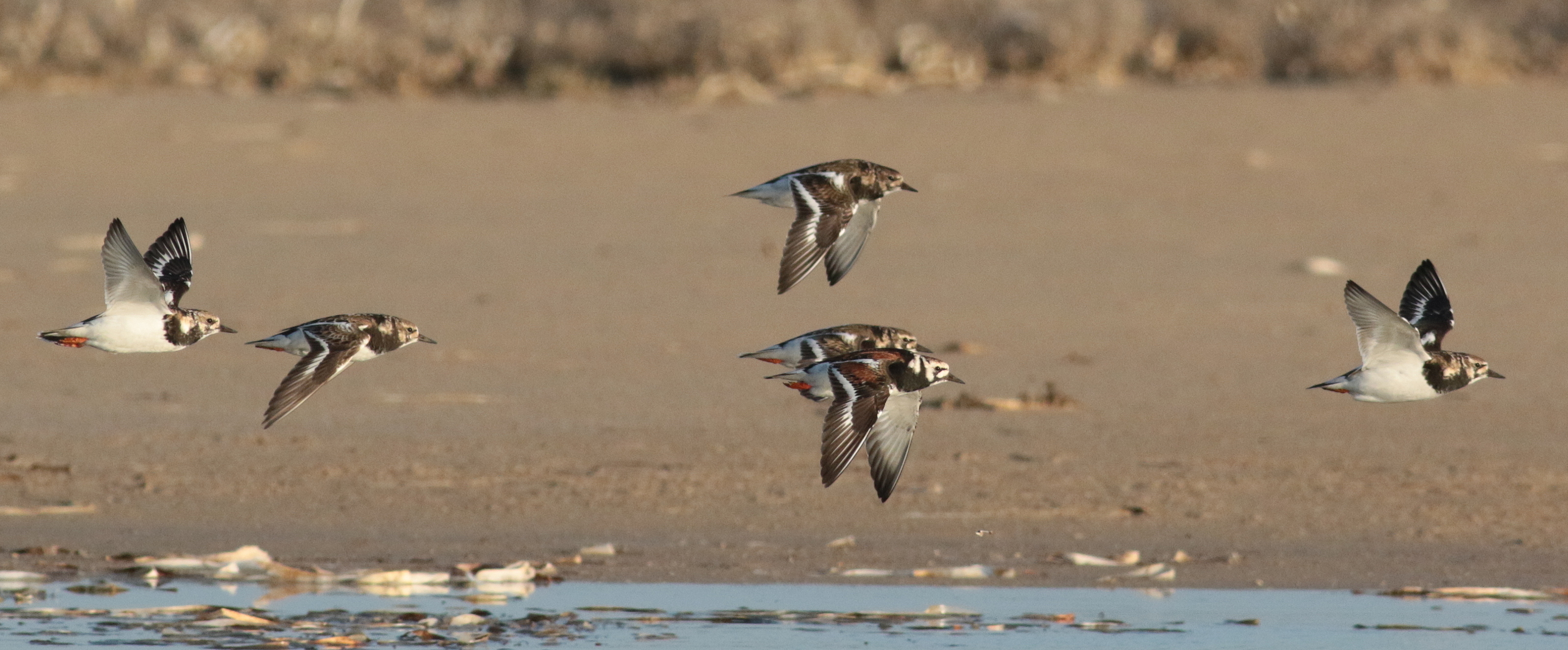
On returning to Adelaide, migratory shorebirds rely on being able to spend summer feeding along our coastline and avoiding the cold in the northern hemisphere, in places like Russia and Alaska. Read on to find out more about our annual summer visitors.
What are migratory birds?
A migratory bird is a type of bird that lives part of the time in one place, and the rest in another. Migration usually happens because of weather or to find food. Travelling between gardens doesn’t count – the two places need to be a large distance apart.
Migratory shorebirds are a specific type of migratory bird that lives near water. This can be coast, rivers or wetlands.
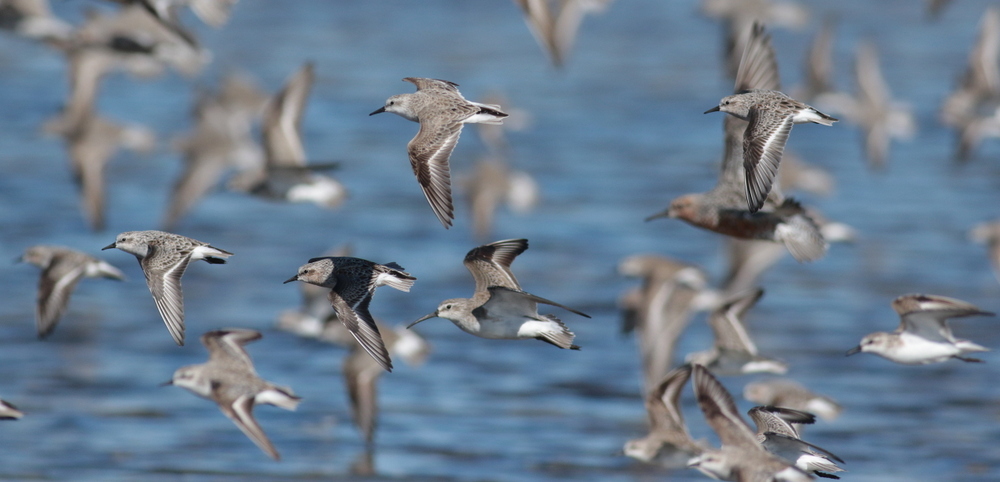
Migratory birds that visit Adelaide
Many of Adelaide’s migratory shorebirds land in the Adelaide International Bird Sanctuary. The southern tip of the sanctuary is about 20 minutes north from the Adelaide city, in the Barker Inlet. Shorebirds rely on many areas across the north Gulf St Vincent, which is part of an internationally recognised migratory shorebird site: the East Asian – Australasian Flyway.
The bird sanctuary is used by more than 27,000 shorebirds birds every year – of which 14,000 are migratory shorebirds from 14 different species.
Our migratory shorebirds usually arrive in September (some arrived early this year) and head home in March to breed.
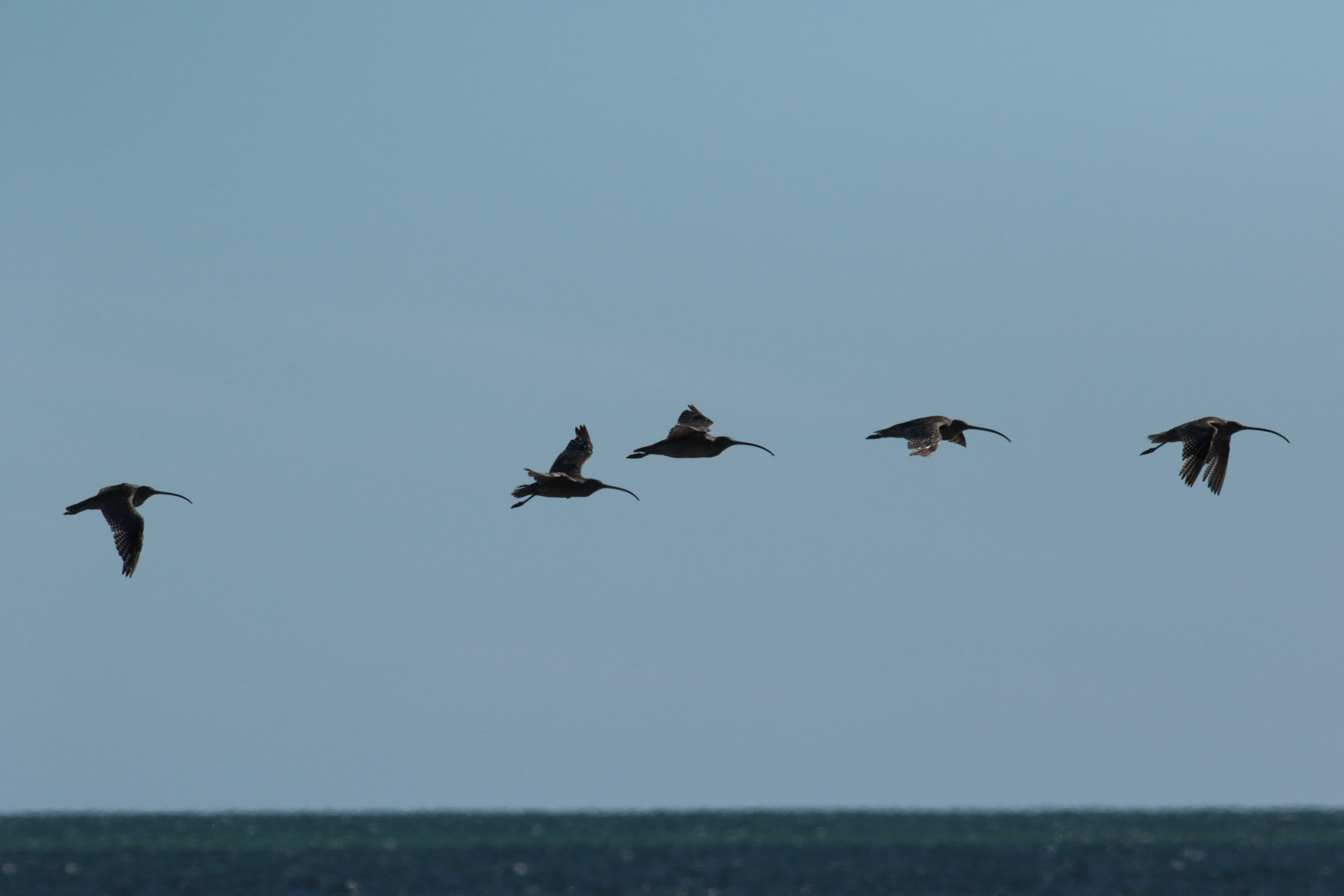
How migratory birds navigate
Research suggests that birds may use a grid created by the earth’s magnetic field to help them navigate their way around the globe – similar to Google Maps. Other possibilities include smells and landmarks, including the stars. However they do it, it’s pretty clever!
Migratory birds follow the same flight paths – flyways – every year.
The East Asian – Australasian Flyway is one of eight flyways across the world and it stretches across 22 countries from far-east Russia and Alaska, east Asia and south-east Asia, to Australia and New Zealand. It is used by over 50 million migratory shorebirds and waterbirds.
Because of the significance of the East Asian – Australasian Flyway, there are international agreements in place to help protect the birds that rely on this route for survival.
Adelaide’s most famous migratory shorebird
Go-Go godwit – a bar-tailed godwit – we think is the most famous migratory shorebird, as he’s received quite a lot of media coverage in his time.
Go-Go’s formal name is AKK (a lot less exciting), which is what he was banded with back in 2012, when he was at least two years old. You can only fit so much on a bird’s leg tag…
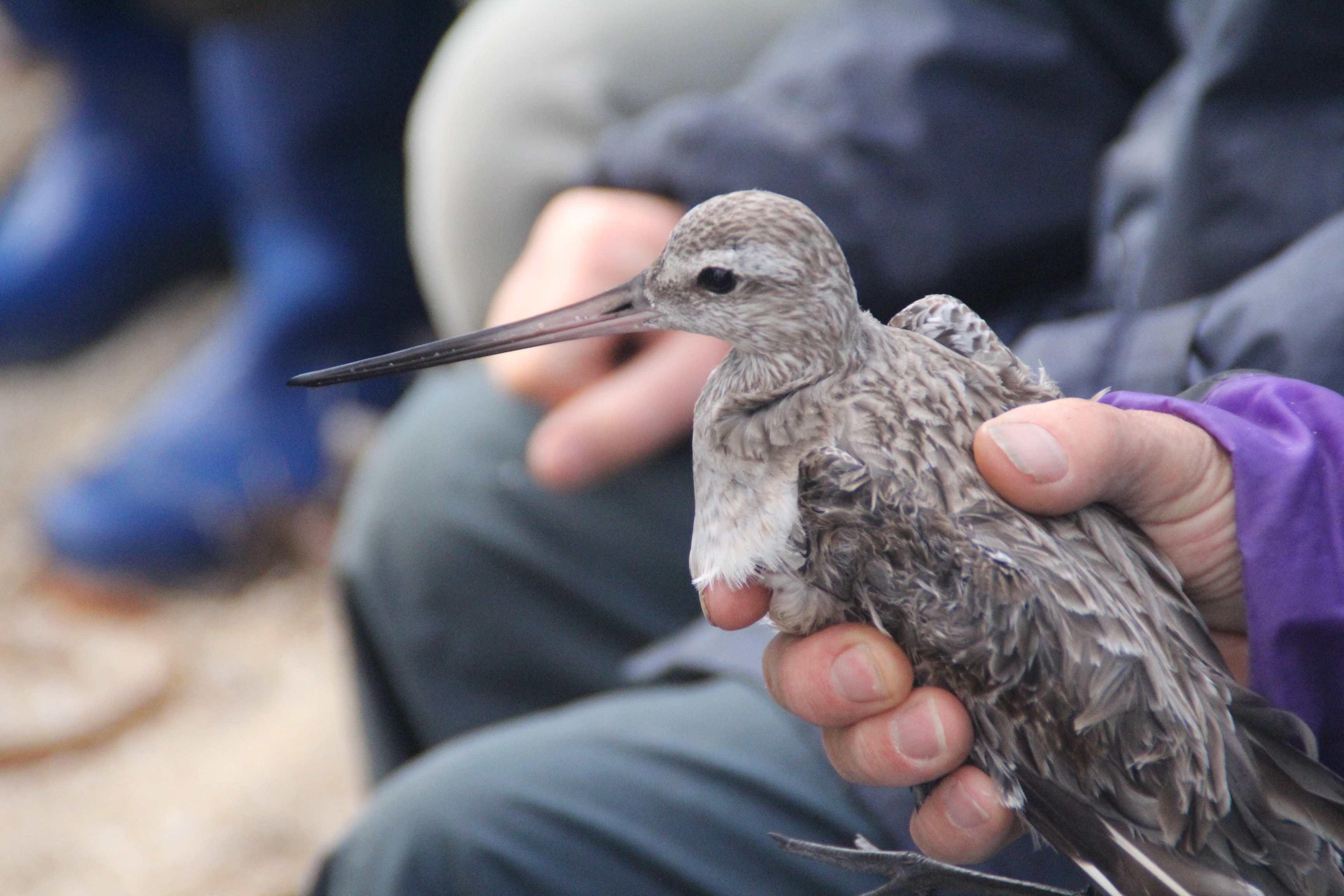
Go-Go (we like it better) flies up to 30,000 km each year, travelling from Arctic Siberia and western Alaska, to Adelaide. In his lifetime, he will fly almost the equivalent of Adelaide to the moon!
Go-Go’s travels have been recorded by people reporting sightings of his leg-flag. This means that in places where there aren’t a lot of people, his visits go unnoticed. The main records of Go-Go’s travels are from our gulf, and his usual stopover haunt: Bohai Bay in China’s Yellow Sea.
An amazing journey tracked from Adelaide’s beaches
To tackle the problem of only getting records where people live, our team came up with the idea of tracking birds with tiny satellites!
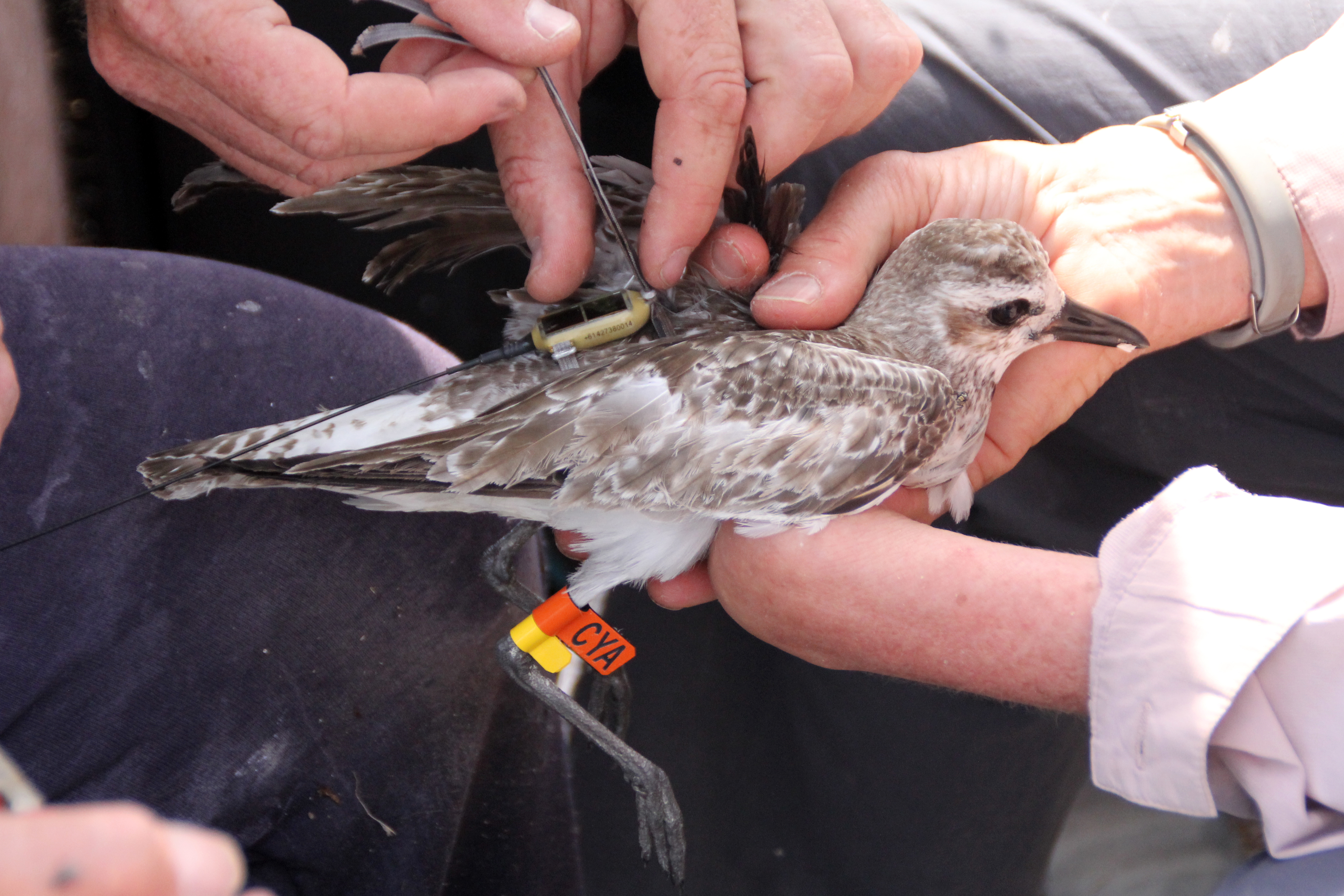
Two grey plovers were chosen – CYA and CYB. They were then tracked flying more than 13,000 kilometres from the bird sanctuary to Wrangel Island, off the coast of Russia. Their trip included a stretch of 7,000 kilometres of non-stop flying from Adelaide to China!
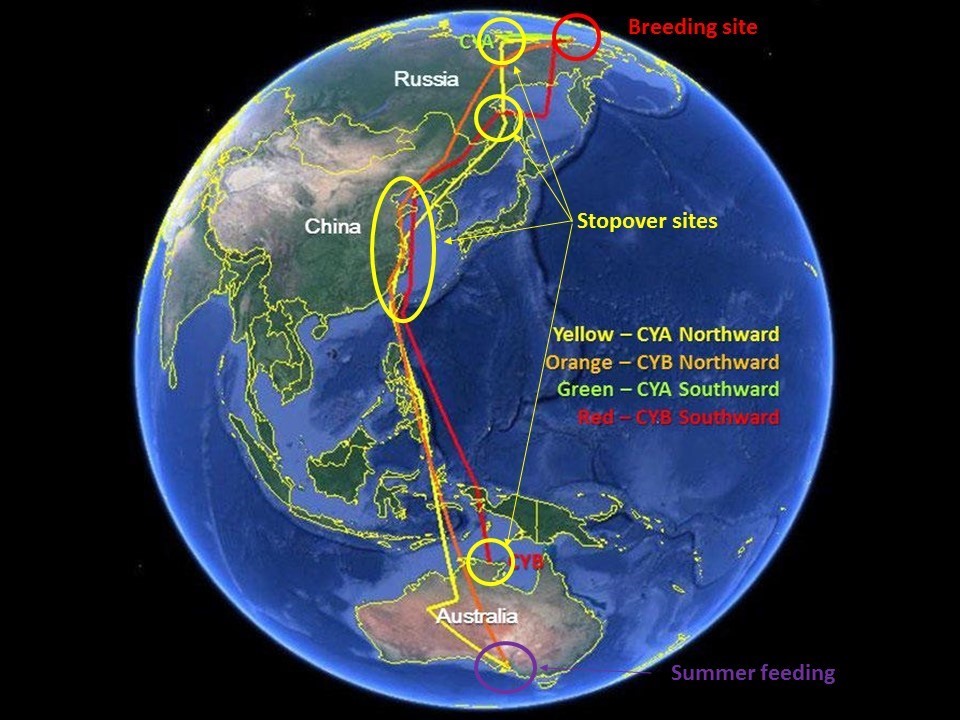
This incredible journey was tracked in a collaboration with the Victorian Wader Study Group and Friends of Shorebirds SE, with Australian Government support.
Shorebirds to see in the sanctuary
Over 35 species of migratory and resident (those that live there all the time) shorebirds are recorded in Gulf St Vincent. About 13 species of migratory shorebirds can be seen regularly. This includes significant numbers of red-necked stints, sharp-tailed sandpipers and red knots.
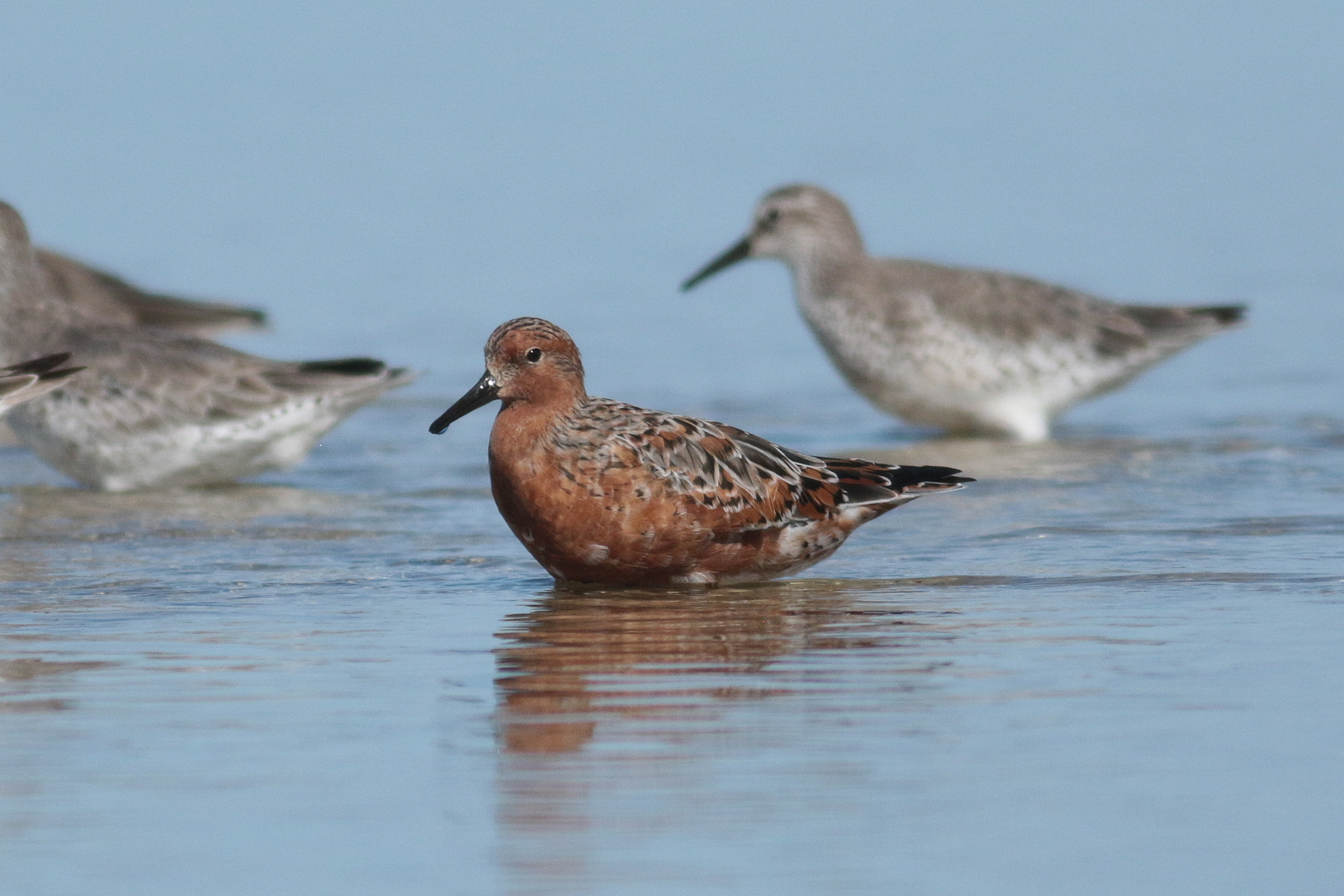
Commonly spotted resident shorebirds include red-capped plovers, and sooty and pied oystercatchers.
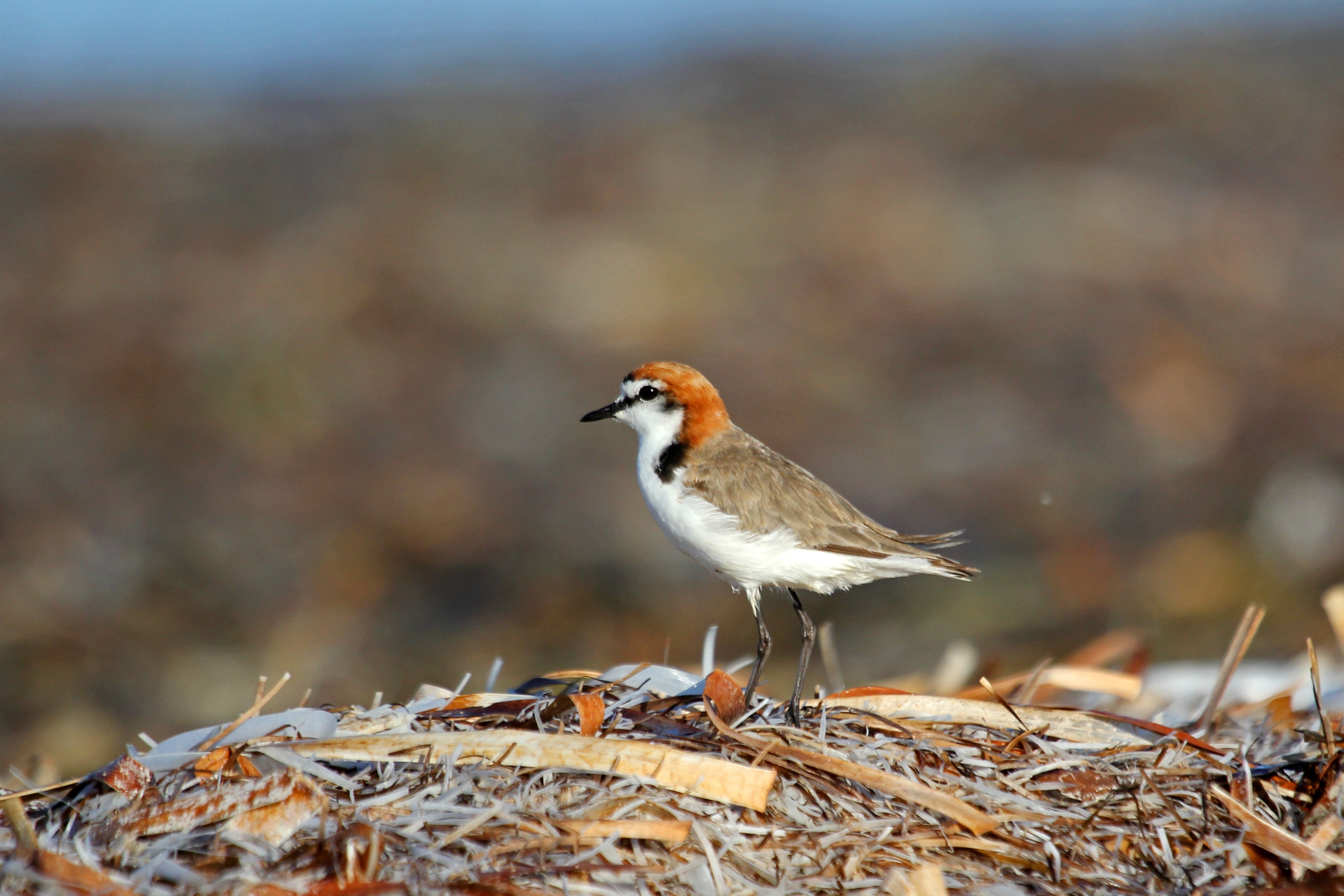
Many shorebirds that may be seen in the sanctuary are threatened globally. This includes critically endangered eastern curlew, curlew sandpiper, great knot and bar-tailed godwit. Red knots are also considered endangered.
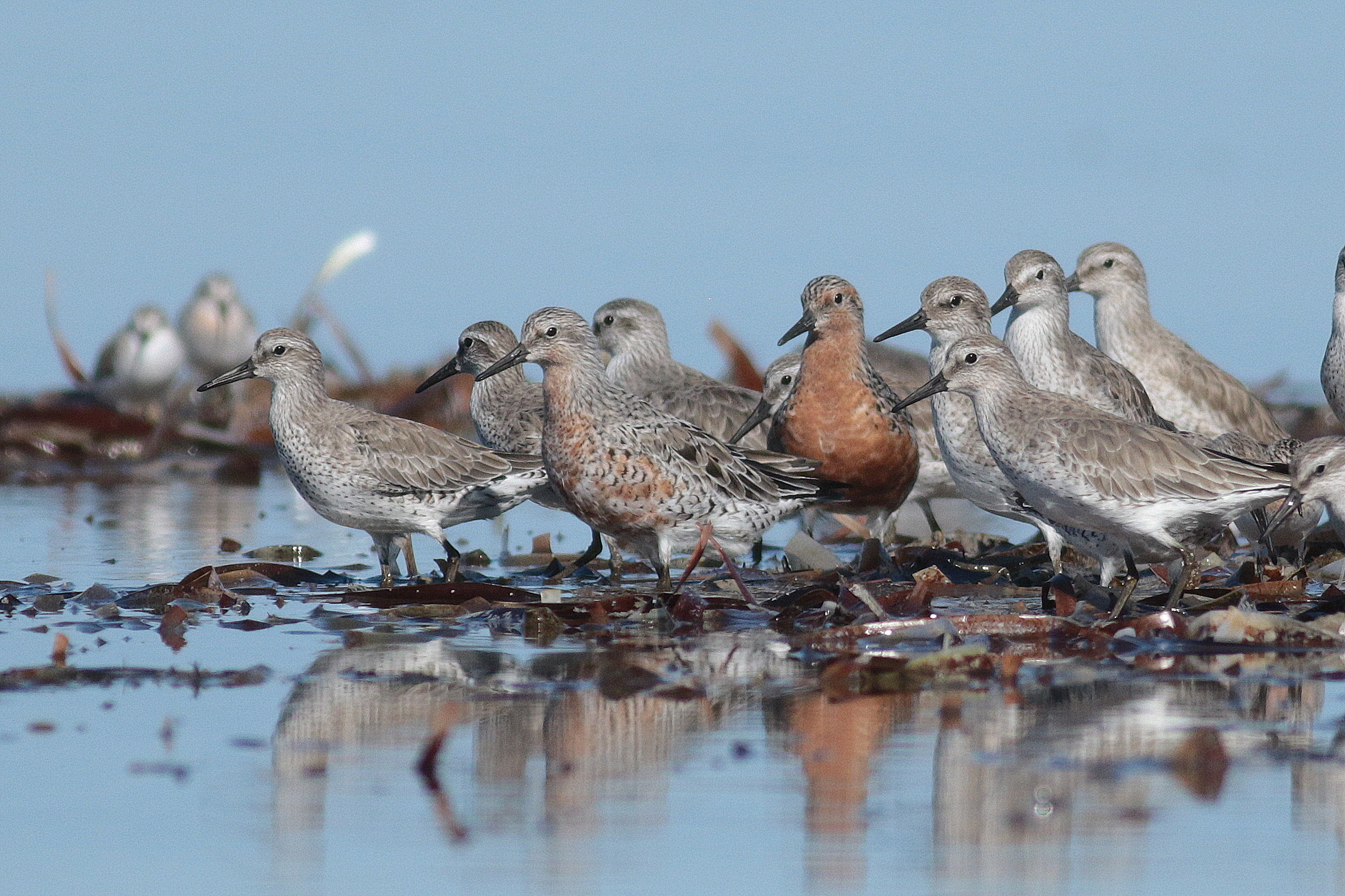
Help us keep migratory shorebirds visiting Adelaide
Migratory shorebirds need places to rest and feed undisturbed, to fatten up here before making the epic journey home, where they will breed and then do it all over again.
Here’s how you can help:
- Keep an eye out for shorebirds at the beach, and give them plenty of space.
- Get to know the shorebirds in your area, so that you can identify them easily.
- Keep your dog on a leash and spread the word about the importance of leashing dogs at the beach.
- When boating or kayaking, be aware of where birds are roosting and avoid launching or landing in those areas.
- Help keep our beaches clean and wildlife safe! Pick up rubbish and recycle or dispose of it responsibly.
- Reduce your carbon footprint to help tackle climate change, which threatens the birds’ home in the arctic. Ways to do this include catching the bus or riding your bike more often, eating less meat and buying less stuff.
- Spread the word about shorebirds and sharing our shores with them!
